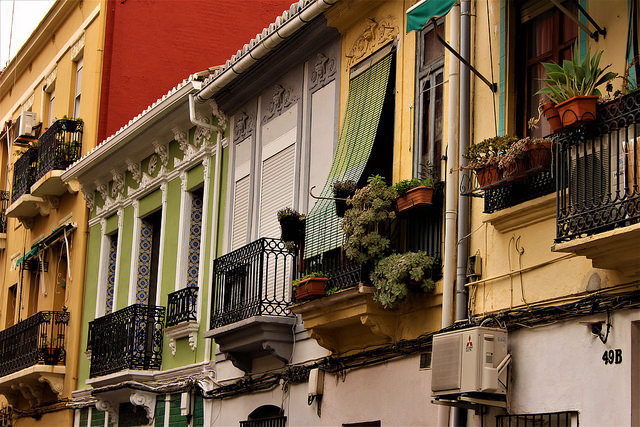CESBA is a collective European bottom-up initiative that wishes to harmonize existing and future built environment assessment systems. The CESBA Neighbourhood award acknowledges cities and groups that work on improving inhabitants’ quality of life and minimising negative impacts on climate and resources by collecting and sharing knowledge on urban development and sustainable built environment (SBE) urban challenges between cities.
Last month the Cabanyal Valencian district has been rewarded by the CESBA for its urban regeneration model and its relevance in promoting global sustainability of its urban areas. Such sustainability evaluation method was recognized as this will help the city of Valencia improve the design of its future sustainable interventions.
The application was led and sent by the Plan Cabanyal-Canyamelar company in collaboration with the Instituto Valenciano de la Edificación, the Servicio de Cartografía Digital del Ayuntamiento de València and of MAtchUP Smart City project.
The Cabanyal district is the target of the urban regeneration plan implemented by MAtchUP. The project’s solutions will be tested and validated in order to improve the quality of life of citizens and to make it more sustainable and innovative.
The CESBA evaluation committee highlighted the Cabanyal district’s architectural value, unique identity and extraordinary history being well-preserved thanks to the sustainable objectives of the urban renovation process.
It was not the only underlying reason for Cabanyal district’s triumph. The cooperation between various local worked was also highly valued. This was manifested by the signing of their agreement and the highly engaging commitment they had on conserving the district’s social, cultural and physical identity prior to its foreseen dismantlement by the former government. All their efforts can be visibly seen in the district as they put pedestrian and cycling areas, boosted its renewable energy share, reduced total GHG emissions and improved its air quality and water consumption.


